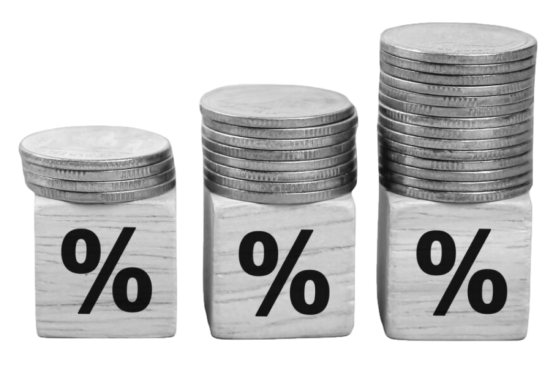- Home
- Economic concept
-
Country Analysis
United Arab Emirates
- Services
- Blogs
- About us

In 1971, Abu Dhabi, 'Ajman, Al Fujayrah, Ash Shariqah, Dubayy, and Umm al Qaywayn merged to form the United Arab Emirates (UAE), and joined by Ra's al Khaymah in 1972. Much like its neighbors, the discovery of oil nearly 60 years ago has significantly transformed the country. What was once a poor collection of desert principalities has flourished into a nation with a high per capita income and a significant annual trade surplus.
In the near future, the UAE plans to focus on continued economic diversification by promoting the UAE as a global trade and tourism hub. The country is also aiming to create more job opportunities for nationals by enhancing educational opportunities and increasing the availability of private-sector employment.

Economics has yet to come up with better measures of economic performance of an economy and well-being of the society than total output and output per capita.
The total output sets the constraint on how much a country’s population can consume, invest, export, and allocate to government spending including defense of the country.
The material well being of the country is measured by the output per capita, which is simply the total output divided by the population.
We will use the gross domestic product (GDP) as a measure of total output.
View All

Real GDP is much more accurate metric in terms of measuring a country’s material wellbeing than that of nominal GDP (NGDP) because real GDP (RGDP) is adjusted for inflation or deflation. In other words, real GDP refers to domestic production of final goods and services valued at constant prices whereas nominal GDP means domestic production of final goods and services valued at current prices.
View AllLabor productivity, output per worker, is important because many economists agree that it explains the large variation in living standards among countries – countries enjoying higher labor productivity levels have higher living standards than those with lower productivity. Paul Krugman, a recipient of the Nobel Memorial Prize in Economic Sciences in 2008, in his book The Age of Diminishing Expectations (1994), claimed.
Productivity isn’t everything, but in the long run it is almost everything. A country’s ability to improve its standard of living over time depends almost entirely on its ability to raise its output per worker.
The formal definition of the term labor productivity is quantity of goods and services produced by a worker in one hour. In a formula form.
View All


On January 3, 2022, our fictional Dateland Statistical Agency (DSA) announced that the civilian noninstitutional population of Dateland was 100 peoples in December 2021. On the same day, DSA also stated that the unemployment rate was 4% in the last week of 2021 in Dateland.
The findings of the survey conducted by DSA for the month of December 2021 is given by Table 1 below.
View AllIn our discussion on nominal gross domestic product (GDP) and real GDP, we mention the GDP deflator as a tool that help us measure overall price movements in any economy including our hypothetical economy, Dateland.
Since the GDP deflator is about measuring overall price movements of the goods and services domestically produced, at a first glance, one might think that it might be also a good measure of the overall cost of living of the citizens of the country.
Unfortunately, it is not! There are several reasons that the GDP deflator is not a proper measure of cost of living.
View All